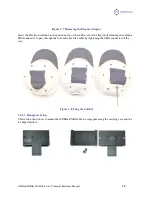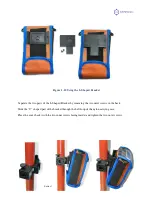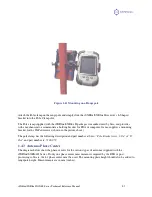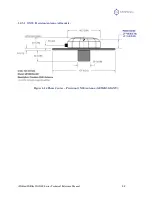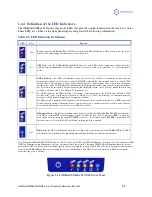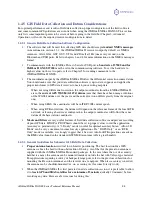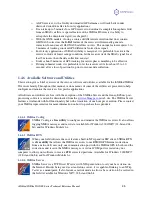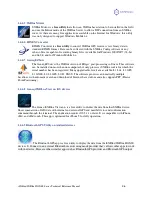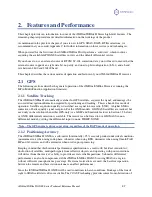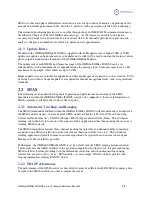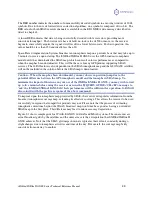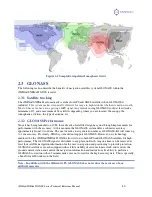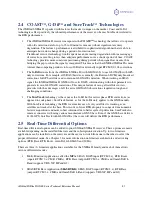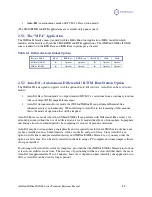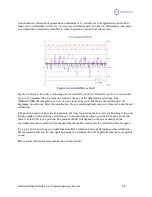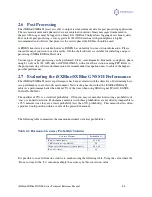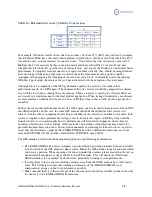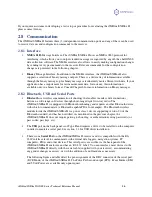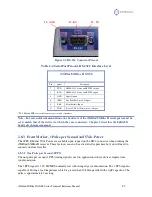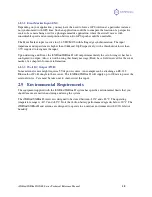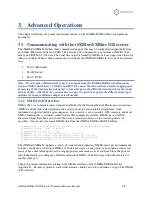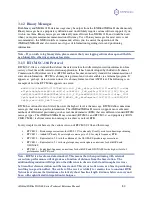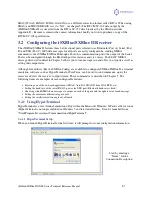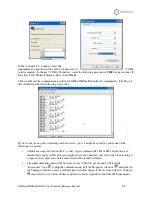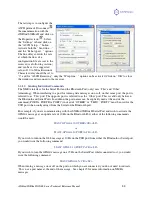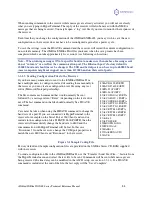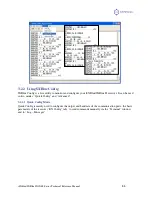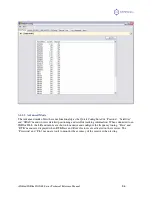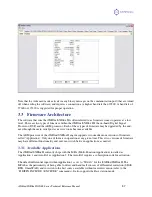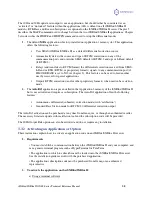
iSXblue/SXBlue II GNSS Series Technical Reference Manual
43
You should test this mode of operation and determine if it’s suitable for your application and for how
long you’re comfortable with its use. As accuracy will slowly drift, you need to determine at what point
you would like to recalibrate Auto-Dif in order to maintain a certain level of accuracy.
Figure 2-2 Auto-Dif Error Drift
Figure 2-2 displays the static positioning error of Auto-Dif, while it is allowed to age for 14 consecutive
cycles of 30 minutes. The top (red) line indicates the age of the differential corrections. The
iSXBlue/SXBlue II computes a new set of corrections using Auto-Dif during the calibration at the
beginning of each hour. After the initialization, the age correspondingly increases from zero until the next
calibration.
The position excursion from the true position (the lines centered on the zero axis are Northing (blue) and
Easting (pink)) with increasing correction age is smooth from position to position, but you can see that
there is a slow drift to the position. The amount of drift will depend on the rate of change of the
environmental errors and how these change from the models used inside the Auto-Dif software engine.
It’s up to you for how long you would like Auto-Dif to function before performing another calibration.
We recommend that you test this operating mode to determine the level of performance that’s acceptable
to you.
Please contact Geneq for more information on this feature.

